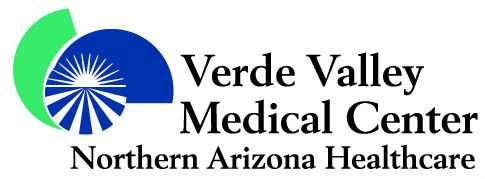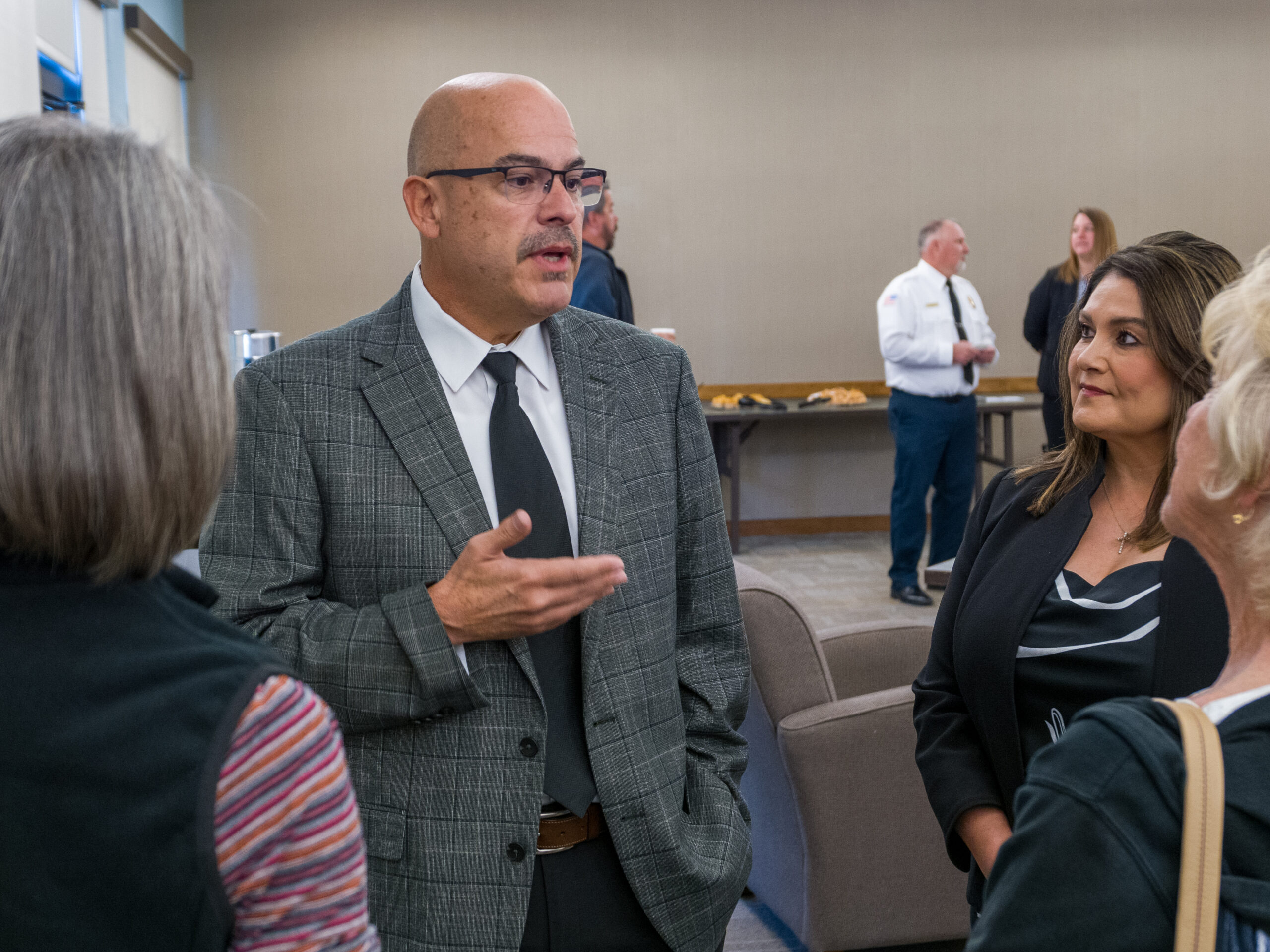Verde Valley Medical Center expects to lose up to $3 million in the coming year should deep cuts in the Arizona Health Care Cost Containment System take effect as expected.
For all of Yavapai County, hospitals, clinics, doctors, nurses and other health care providers will also lose out on as much as $10 million normally paid to them through the AHCCCS program.
In addition, as many as 13,000 health care jobs could be eliminated statewide should Gov. Jan Brewer’s AHCCCS budget be approved, according to Arizona Hospital and Healthcare Association President and CEO Laurie Liles, who took part in a press conference at VVMC on Monday, March 28.
Liles, Northern Arizona Health Care Chief Financial Officer Greg Kuzma and VVMC President and CEO Dr. James Bleicher made the predictions while speaking to reporters.
Neither jobs nor services will be cut at VVMC despite the expected $3 million loss in operating cash, Bleicher said.
Reductions in staff through attrition will require the hospital to increase the efficiency of its services. Through attrition and increased efficiency, Bleicher said he expects to head off the worst.
Kuzma, who participated via video transmission from Flagstaff, said the projections were based on the removal of roughly 40,000 Yavapai County residents from AHCCCS rolls and a 5 percent across-the-board cut in reimbursement to health care providers from the state that takes effect Friday, April 1.
Liles said her association is hoping to find a champion in the Legislature willing to sponsor legislation that would raise money through an assessment on health care providers. Under the plan, the state would use assessment proceeds, along with those from its tobacco lawsuit settlement, to leverage a two-to-one funding match from the federal government.
The proposal, being pushed by AzHHA with backing from nurse and nursing home associations, would also place a cap on the number of childless adults eligible to receive AHCCCS in 2011-12, Liles said.
The assessment would allow more Arizona residents to receive health insurance through AHCCCS. In turn, this would increase AHCCCS funding from the federal government on a two-to-one basis.
Providers would get the assessments they pay back when they are reimbursed for indigent medical care that they would otherwise be denied next year, Liles said.
“It’s not a tax,” Bleicher said.
“In effect, it’s a wash,” Liles said.
Nobody has stepped forward to sponsor the proposal and Brewer told Liles she currently opposes it.
If the AzHHA proposal does not pass, Bleicher said VVMC will be forced to negotiate for higher compensation from health insurance carriers, increases that would be passed on to policyholders.
In addition, even though people might lose their AHCCCS health insurance, they will still show up at the VVMC emergency room to receive treatment and the hospital will treat them because that’s what people expect their community hospital to do, Bleicher said.
In some cases, federal law requires the hospital to keep indigent patients until they stabilize, an indefinite period that could last days and weeks, health care for which the hospital receives no compensation.
Bleicher said the hidden costs represent a big health care tax on residents in the form of spiraling health insurance premiums.



